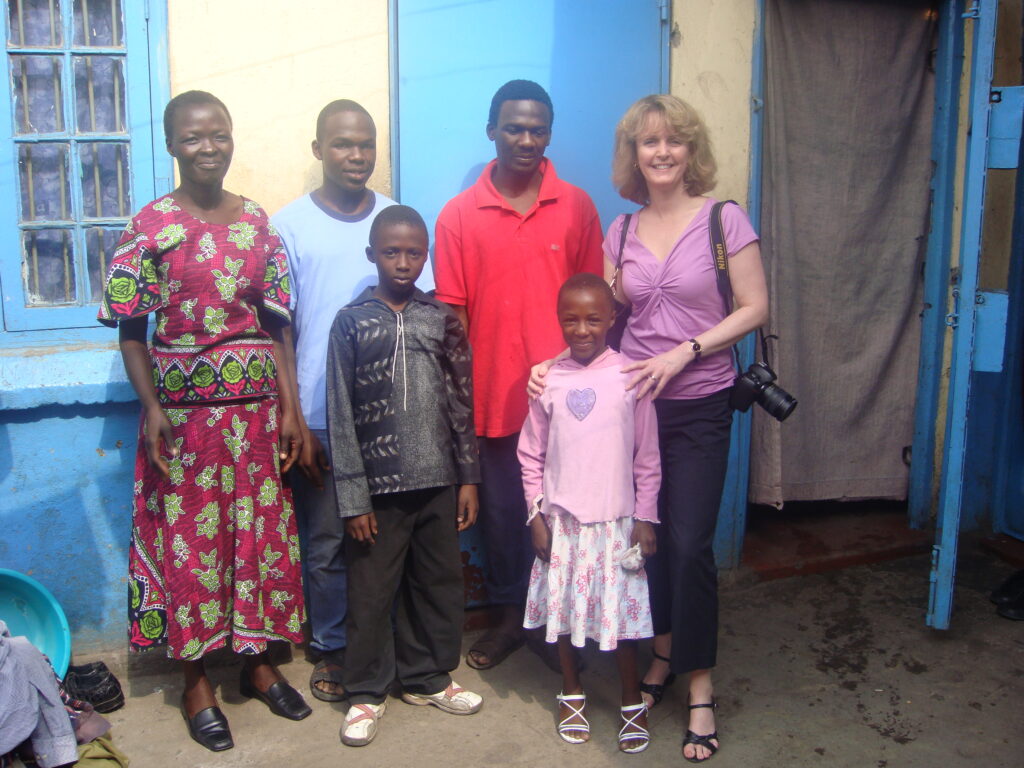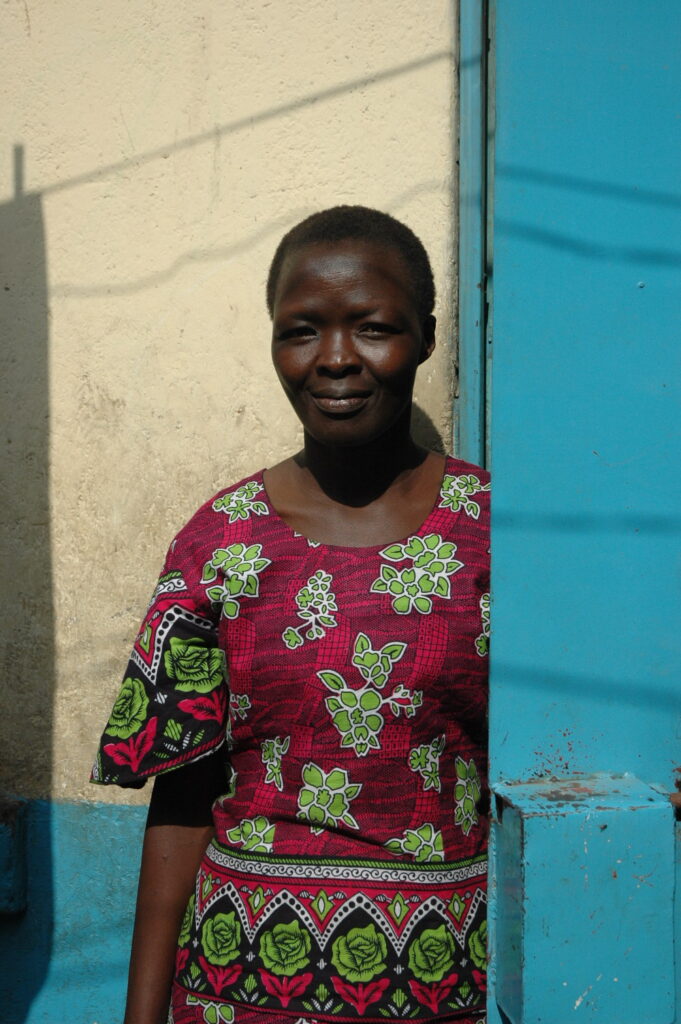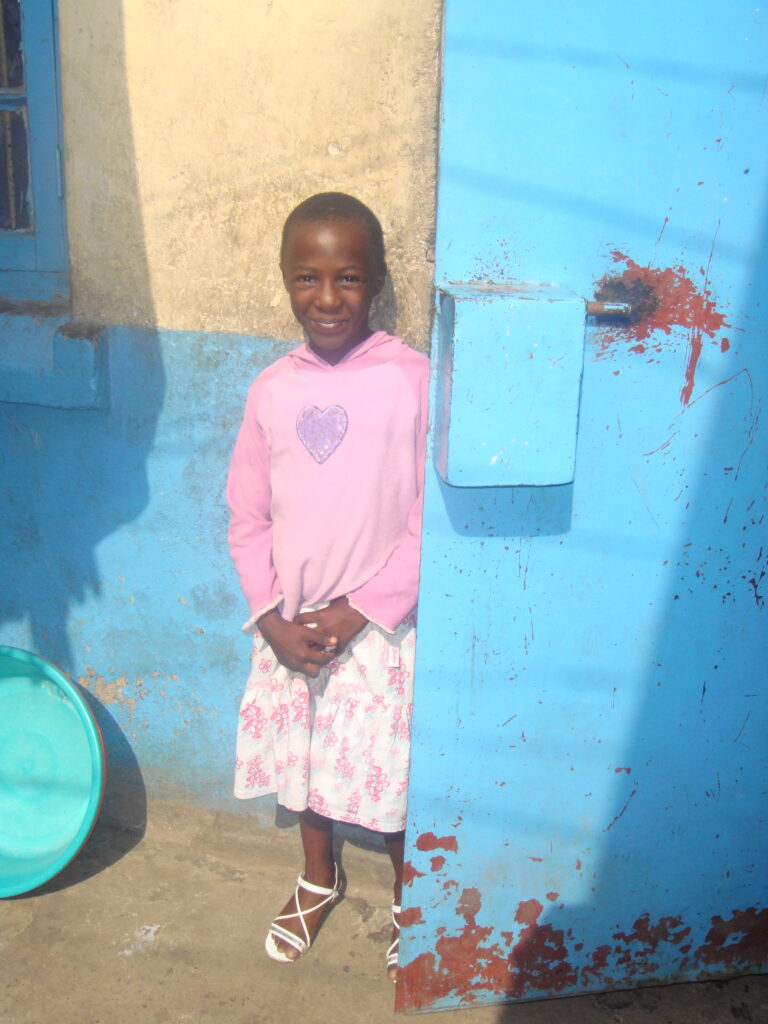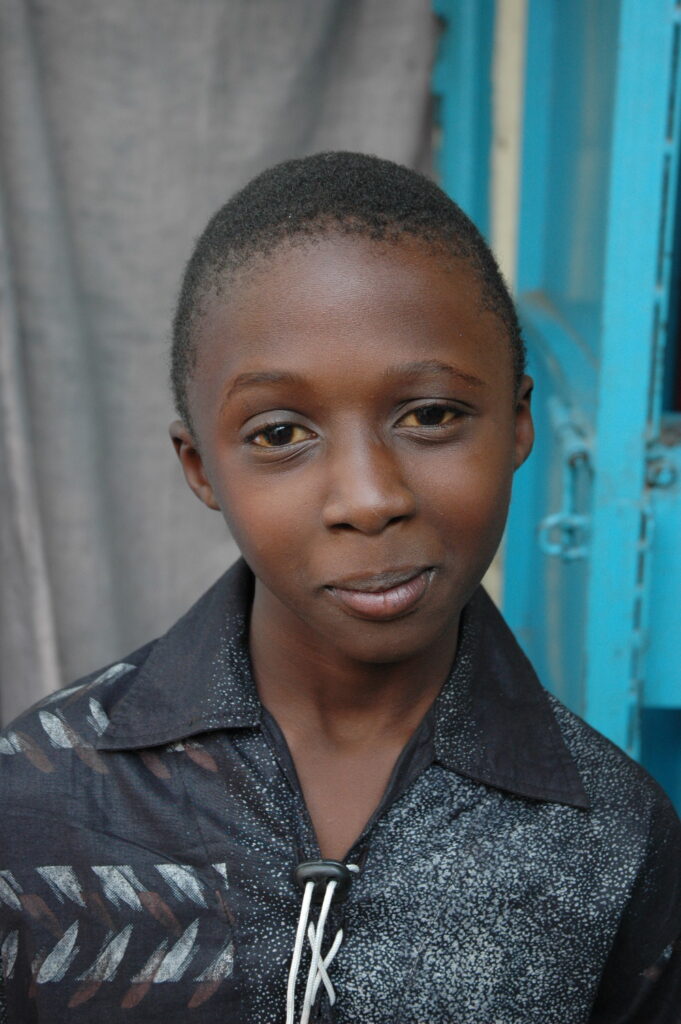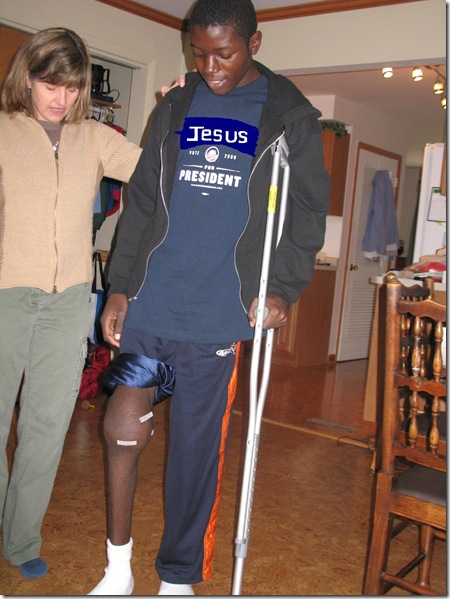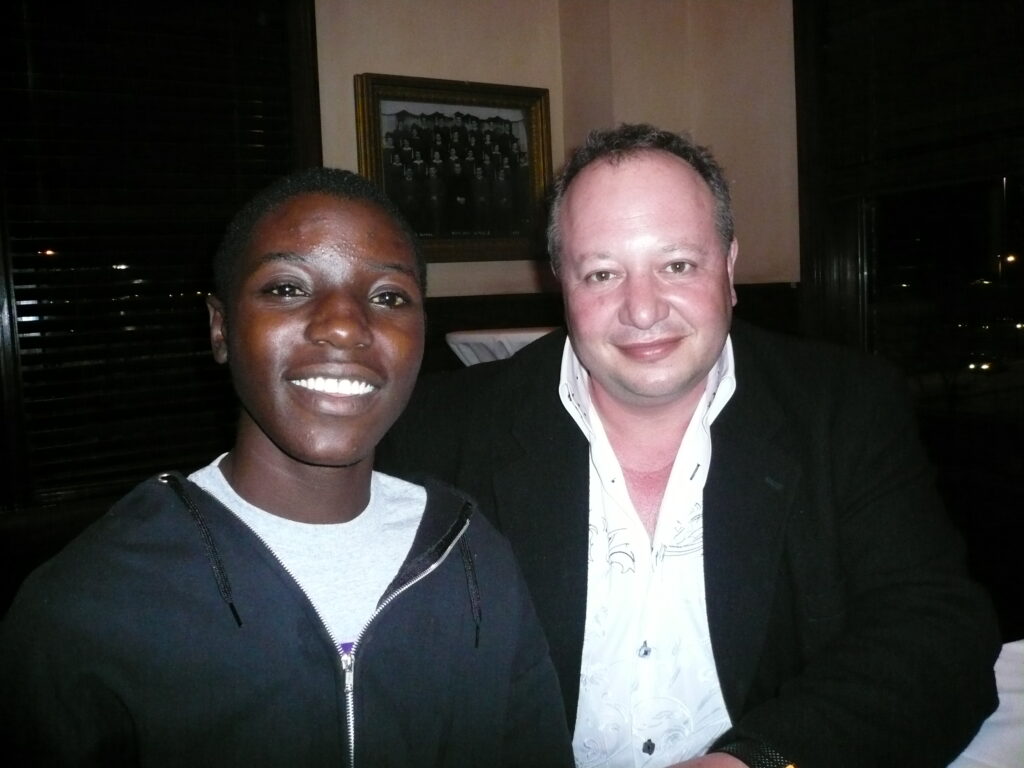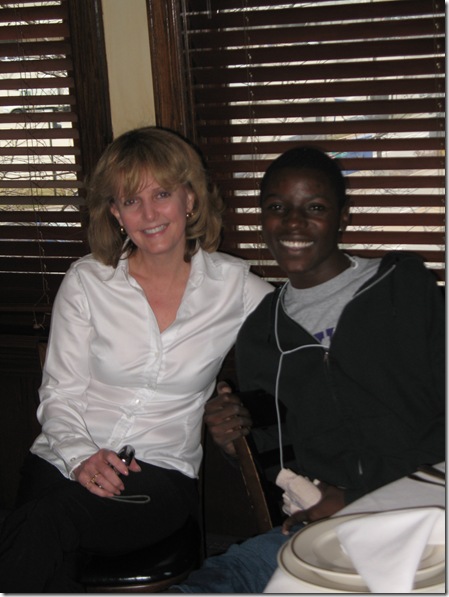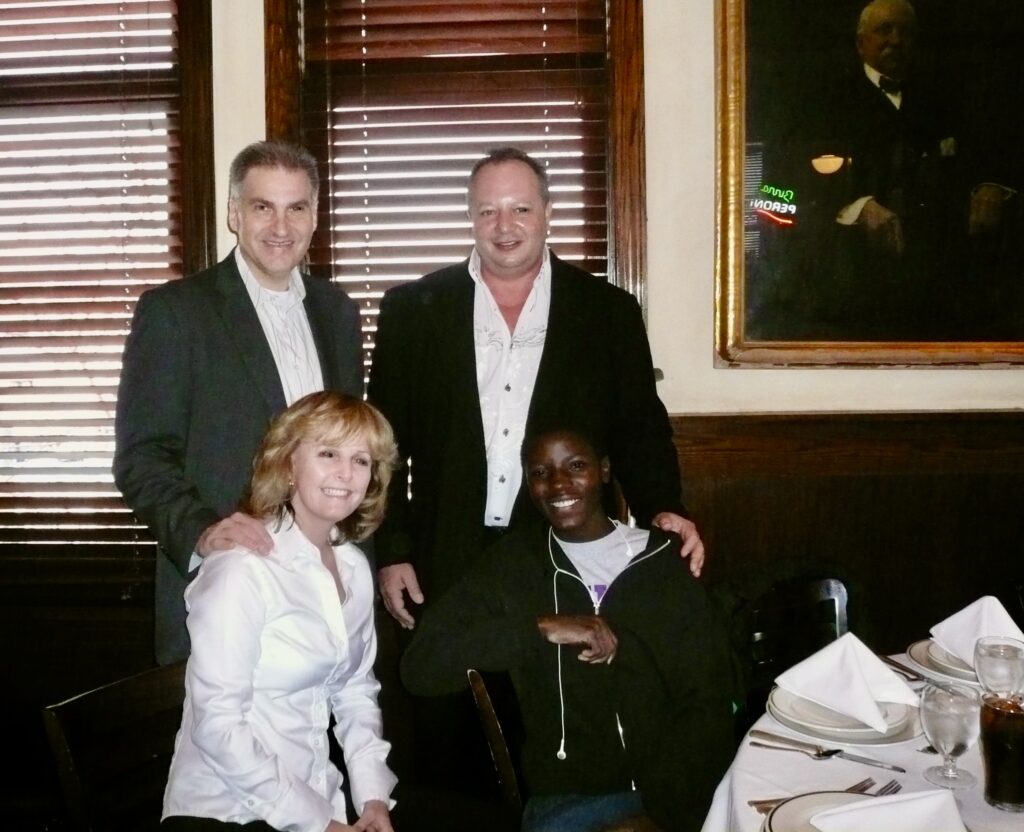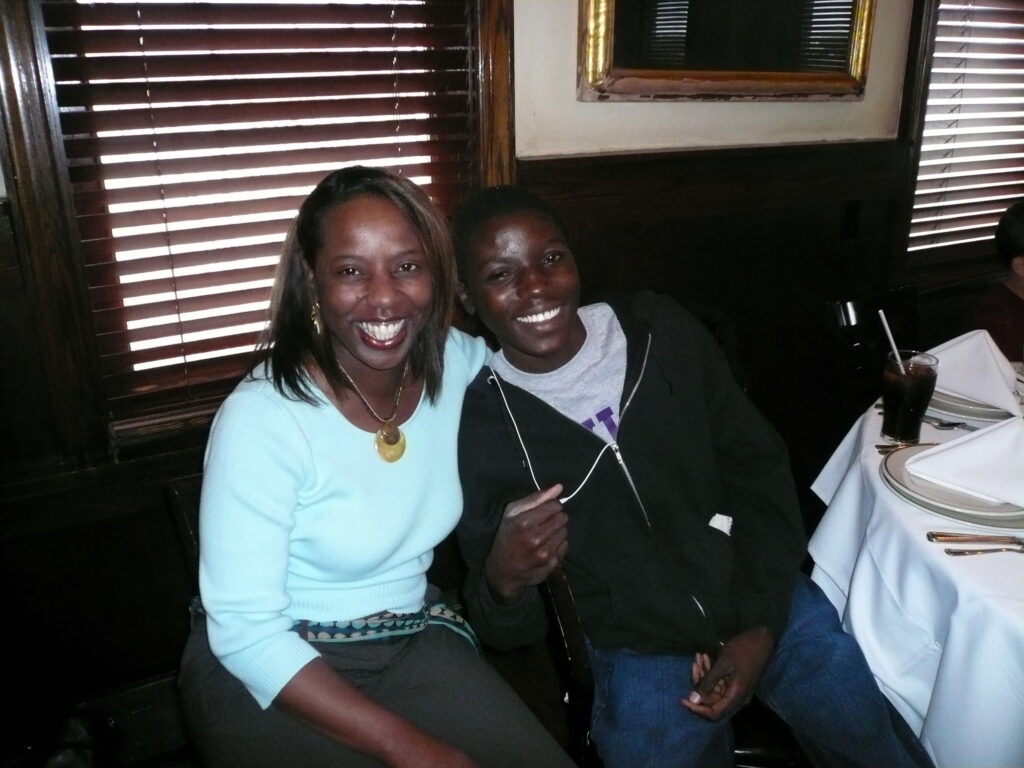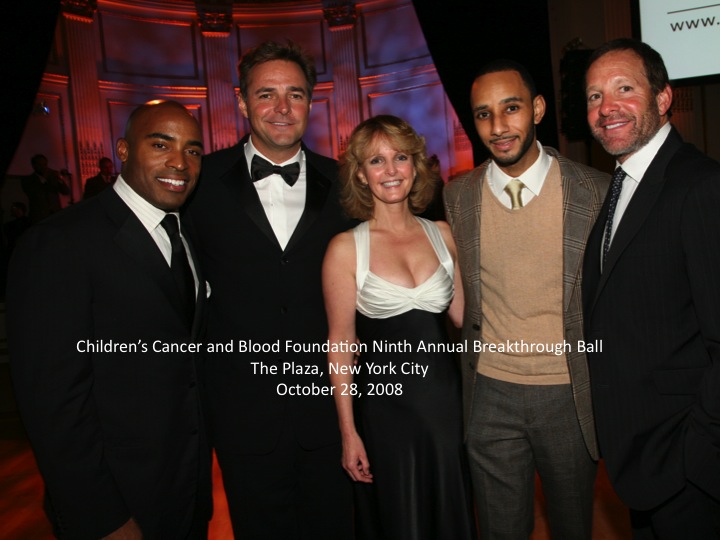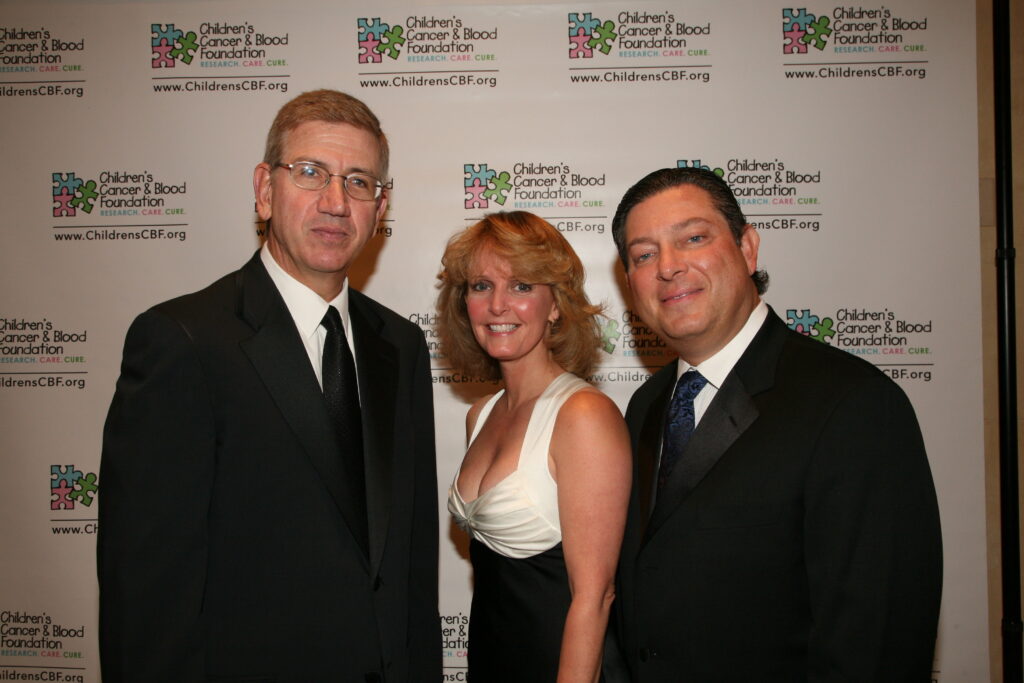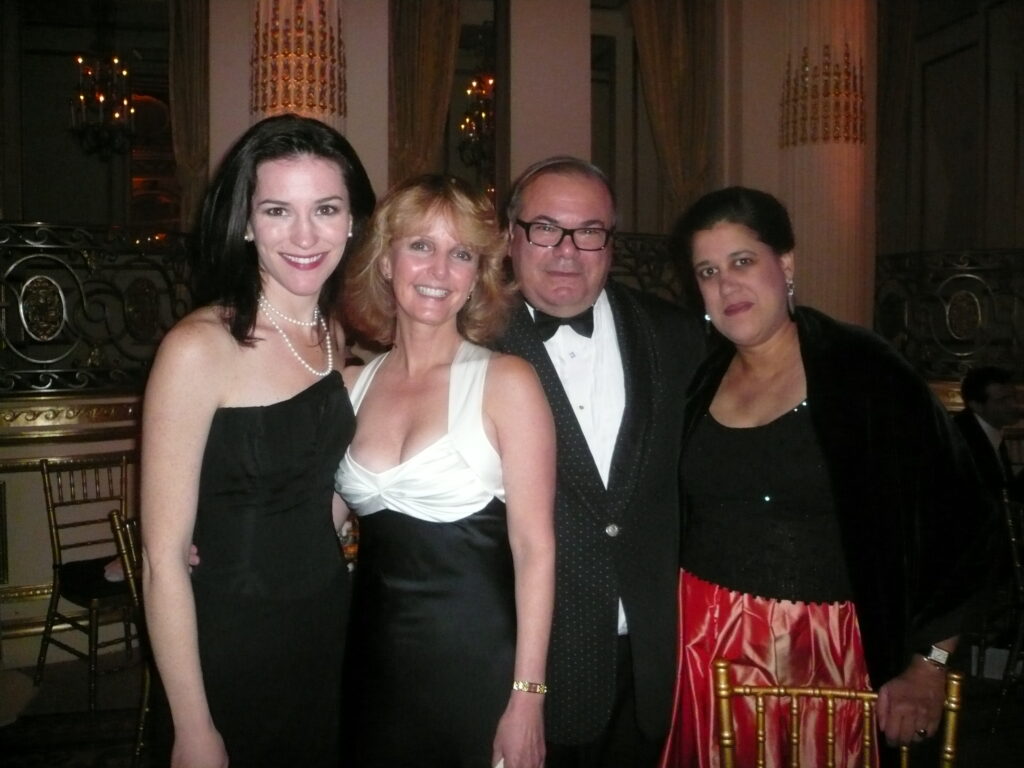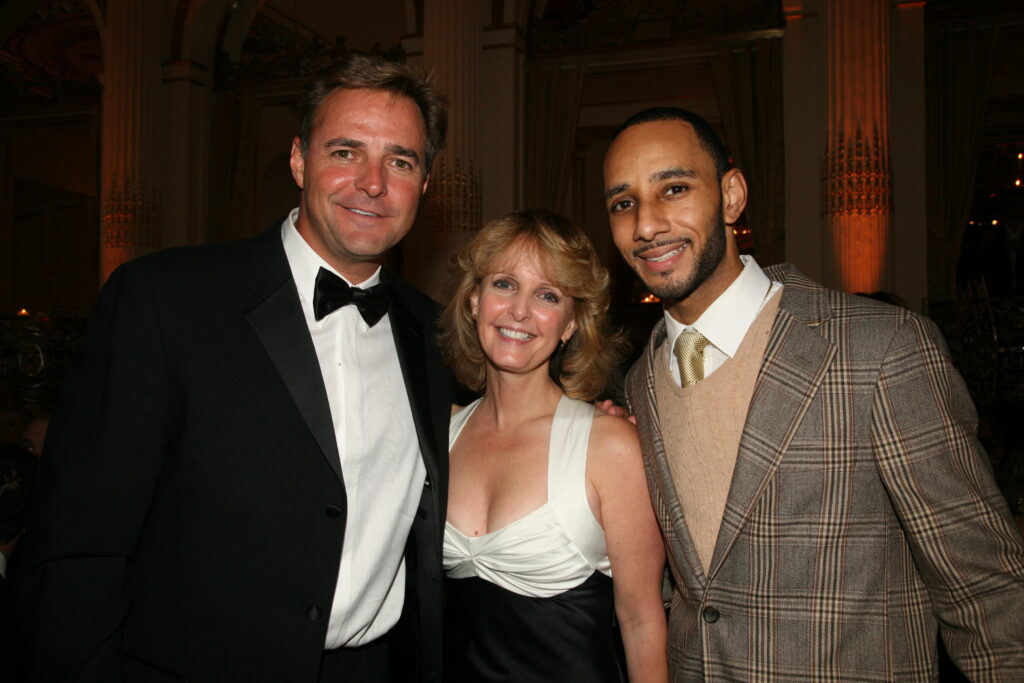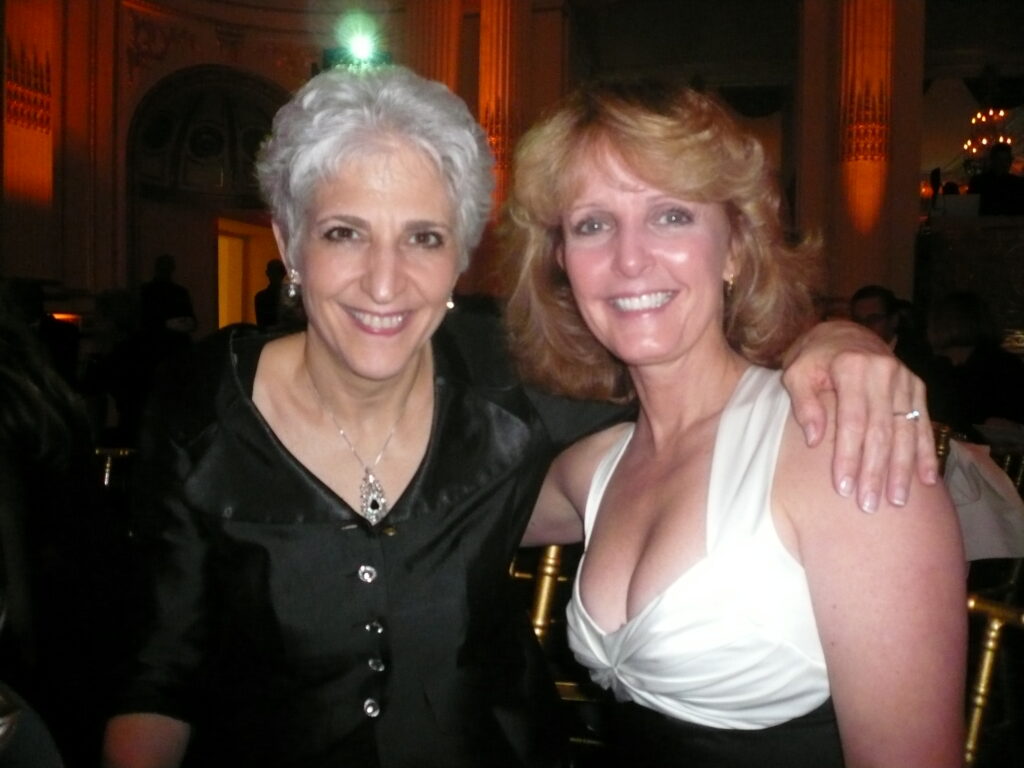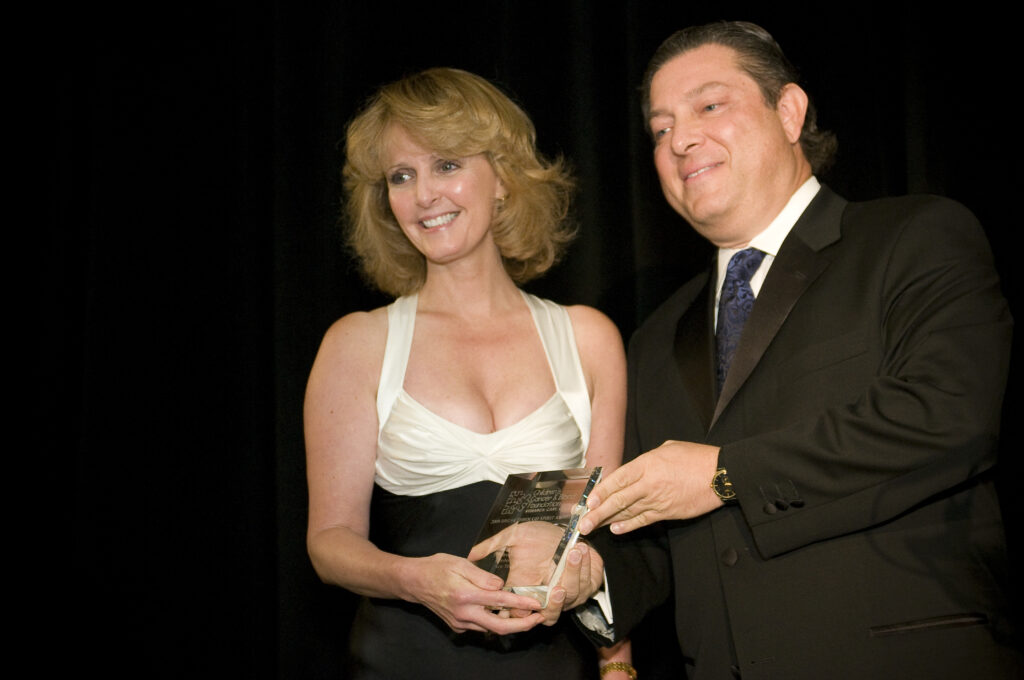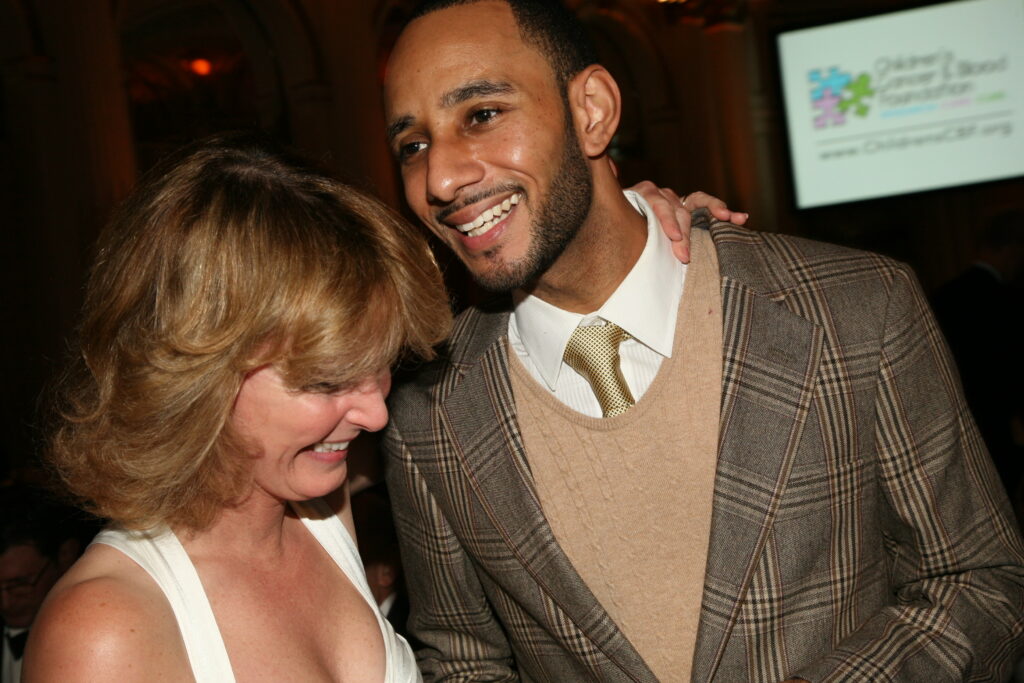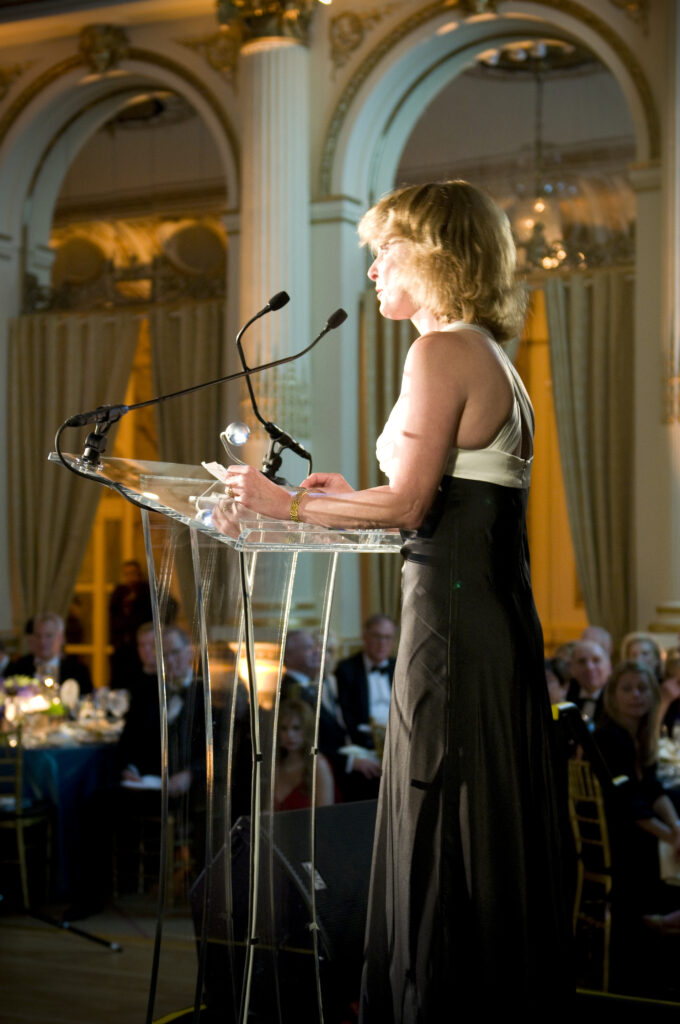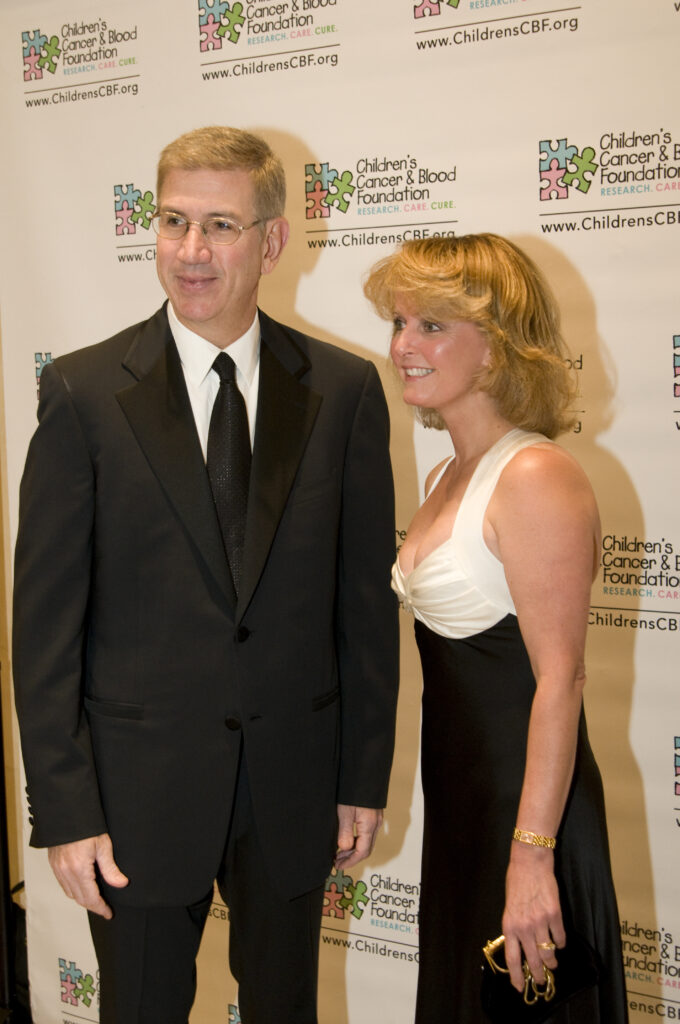Diamonds in the Slums
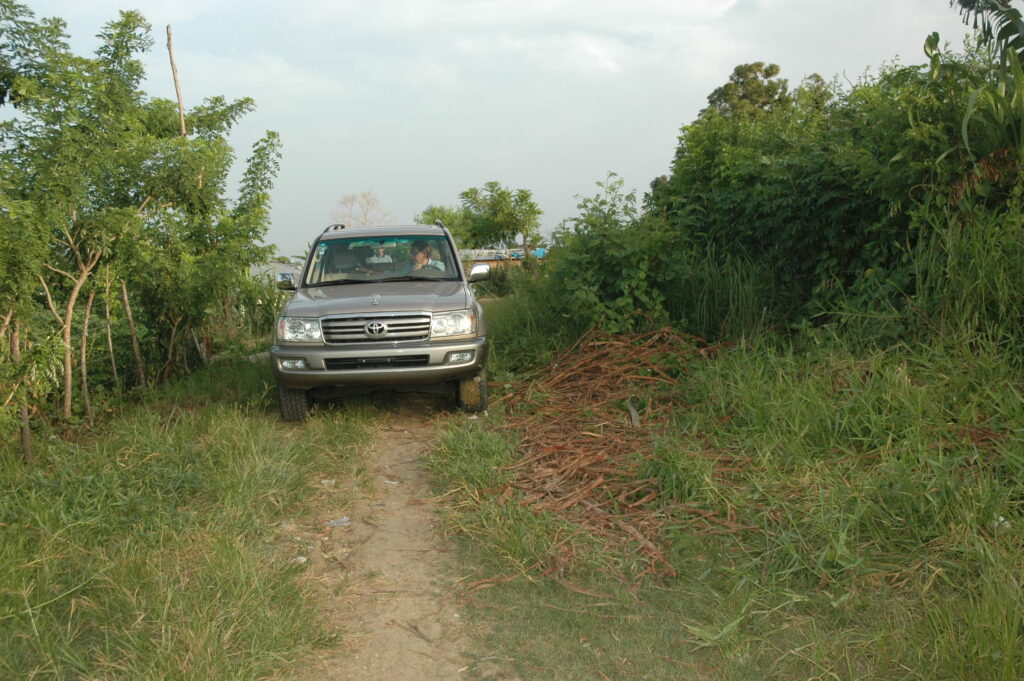
To me, there’s nothing more rewarding or satisfying than to travel through clogged urban streets and alleys, or jostling out on half finished roads, or sometimes no roads, in the broiling heat to visit hemophilia families in their homes. It’s like hunting for elusive diamonds. Amidst the trash, slums, poverty, sweltering humidity, you sometimes get an unexpected surprise that makes it all worthwhile. We had three of these happen to us in the Dominican Republic following camp last week.
Last Tuesday we visited a family right in Santo Domingo, the capital and the oldest city in the Americas. That’s right: this is where Columbus came four times during his voyages, to the island of Hispaniola. Dominicans are a beautiful blend of European, indigenous people, Africans (brought as slaves) and Spanish. Santo Domingo is home to the first hospital in the Americas, featured here, now in ruins.
I think we saw all these nationalities in the Torrres family. We met all three children: Alexander, Bryan, and Victor. Alexander and Victor had been at camp with us all week– but no one knew they were brothers! They have different last names, and this underscored the need to get the national registry more precise. The foundation FAHEM needs to be able to know that two children are brothers, not from their names, but also from their shared address.
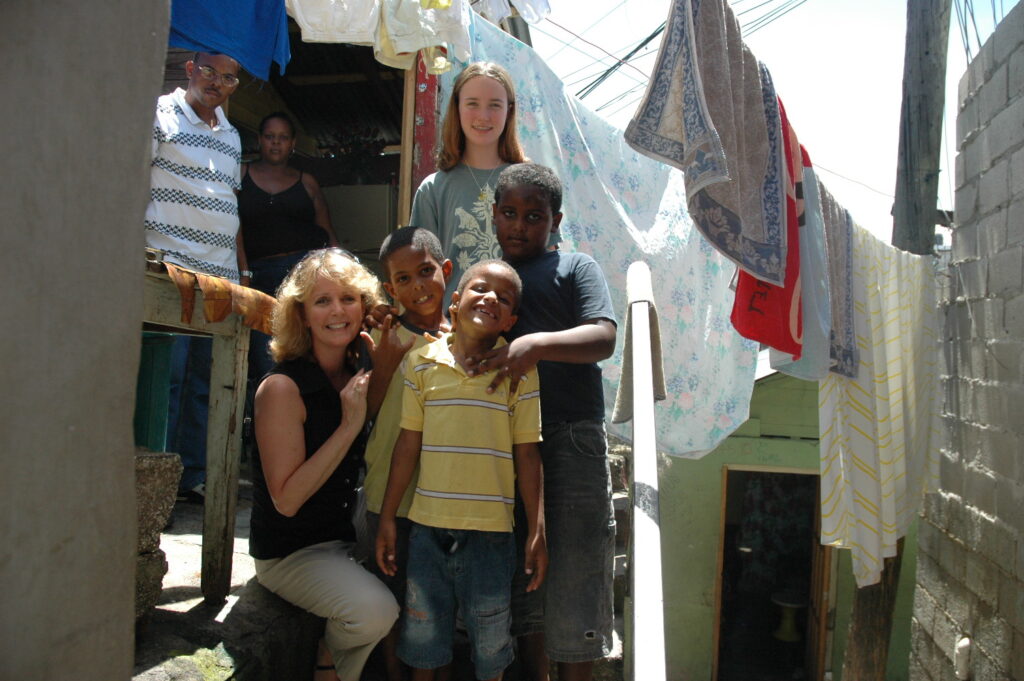
The family lives in a two room dwelling that they rent. Rent is 40% of their $95 a month income. Try to think how to live on that with three kids with hemophilia! It boggles the mind. Only the father works. The young mother stays home, though there is little to do when there are only two rooms. She spends all her time with the children, shuttling them back and forth to the hospital. We are enrolling all three children in Save One Life.
On Wednesday, we started our day by visiting the de Jesus family, in the barrio La Cruz. It was about a 20 minute ride outside the capital. Rural poverty is quite different than urban poverty. In some ways it’s worse, because you lack plumbing and water. But then, there is space, more quiet, more nature. Damaris lives in such a place: a two room house with a tin roof that cooked the kids inside like a microwave. Haydee de Garcia, founder of FAHEM, the Dominican hemophilia society, and I were sweating by the time we hiked up the little hill to see her. With us was Haydee’s nephew Luiggi, who served as our translator.
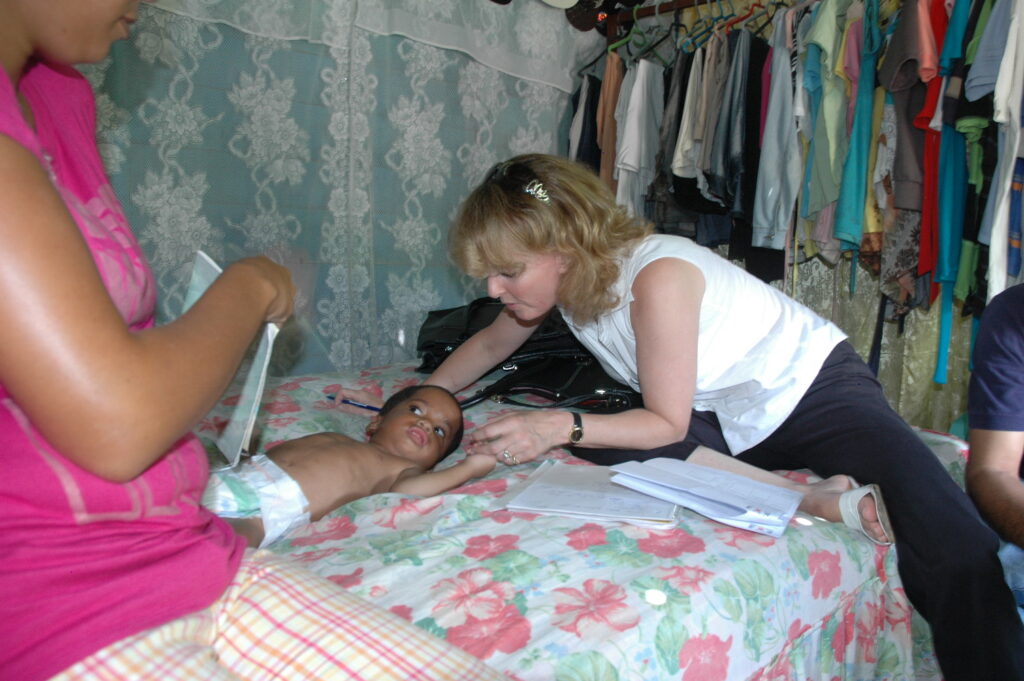
No refrigerator, no bathroom, no running water. And yet, her tiny house was as clean as could be, with flowers on the small kitchen table, and the floor swept. The children were clean, and Damaris was carefully groomed. I was very impressed. Wilmer fussed, and I bent over to whisper in his ear. Maybe he can hear; he calmed down quickly and his eyes grew wide. My first job out of college in 1980 was working with mentally and physically handicapped children and adults, so I am used to being with and caring for these children. I’m not shocked and I don’t do pity, but I can empathize. Both boys have hemophilia. To bring Wilmer to physical therapy each week, Damaris has to carry him in her arms on the public bus, and then walk. As a result of his disability, Wilmer’s back is rigid and his limbs taut. It cannot be easy at all to bring him. I tried to hold him and it was nearly impossible. And she knows she has a lifetime of this ahead of her.
When we entered the house, it was allegedly to see Darling, Damaris’s five year old. What we did not expect was that her other son, Wilmer, age 18 months, had something wrong with him. Damaris told us that just in February, her baby with hemophilia had a spontaneous head bleed. She rushed him to the hospital, but he was in a coma by the time she got there. Now he was permanently brain damaged. He is blind and she does not know how much he hears. We were saddened by this tragic situation in front of us: Damaris and her husband earn only a little, have no luxuries at all, not even a fan to keep her baby cool. Inside the small house, the temperature was about 90 degrees, and there was no way to keep away the abundant and voracious mosquitoes that nibbled on our ankles.
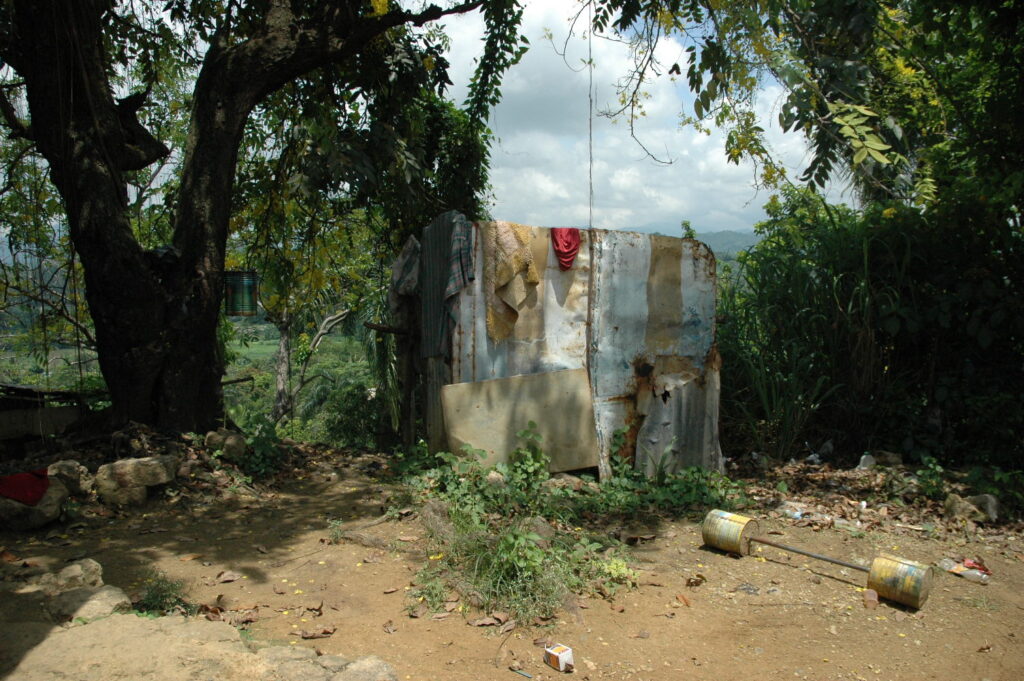
But Damaris never complained and was humbly grateful when we told her we would find sponsorships for both boys, giving her an additional $40 a month. We first decided they needed a fan more than anything, to keep the baby cool. And we gave her the money on the spot. With many hugs and smiles, we left for the next family.
Further out into the country, we came to the De la Rosa’s house, a lovely but modest home on a dirt road. Three big boys with hemophilia: Anderson, Alexander and Anthony. Their sister, Angelina, sat in on the visit. The boys are all in their late teens and look fantastic. No joint damage, well developed musculature. It got me wondering. These handsome guys didn’t look quite–normal.
As we did the intake interview for Save One Life, I started asking about their extended family. One sister died in childbirth. Uncontrolled bleeding. Another died from her period. These boys don’t get joint bleeds but get a lot of nosebleeds. Haydee and I looked at each other: could they have von Willebrand instead of hemophilia?
We asked them to get tested at once so we can get their diagnosis straight. We have held off getting them sponsorships until this is done. But all in all, I was thrilled that we made the visit. They were diagnosed about 10 years ago, and could very well be misdiagnosed. Though the mother said that factor VIII concentrate “works” on the boys, it could well be that a product was used that contains von Willebrand factor.
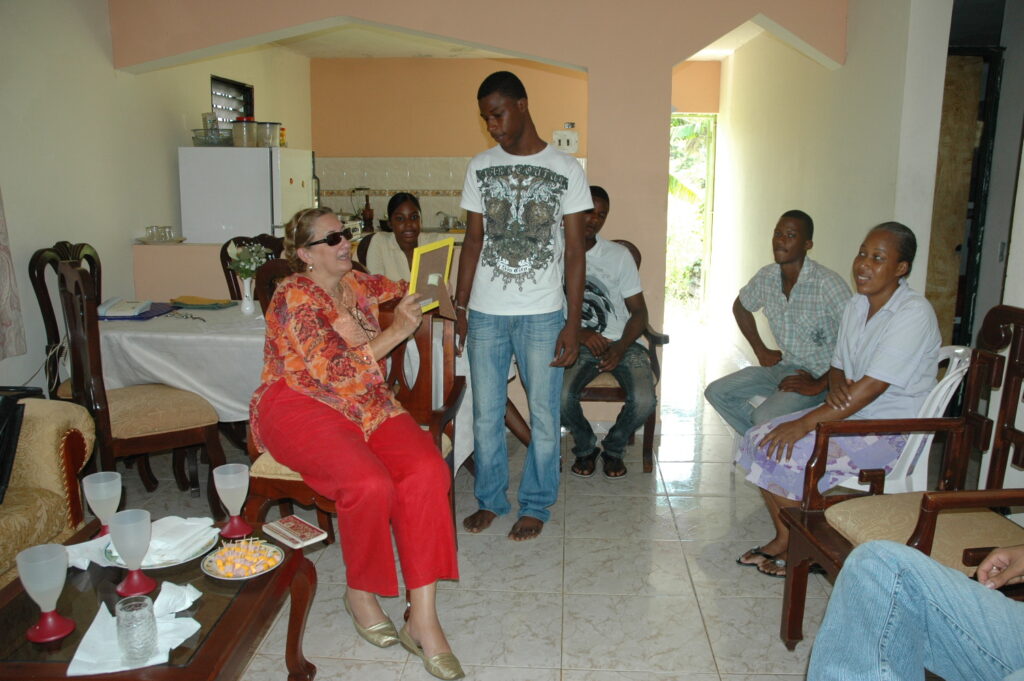
I wish we had time to visit every patient, in every country. Home visits are the single most important thing I can do, and I love doing them. In these three visits we learned something new, something important, and something the national foundation needs to know. And the stories we hear make us humbled, grateful and better people. As Mother Theresa once said, “The poor have much to teach us.”
See photos from the entire trip here.
Great Book I Just Read: Krakatoa by Simon Winchester
One of the world’s worst natural disasters took place on Monday, August 27, 1883, when the small island of Krakatoa in the Sunda Strait near Indonesia exploded and destroyed itself. The blast– believed to be the loudest sound ever known–was heard thousands of miles away and killed over 36,000.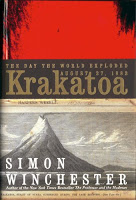
Author Simon Winchester is a geologist by education and trade, and now is an engaging writer. The book is not about a disaster, as much as it is about geology, and the science of volcanoes and the earth, which I found to be absolutely riveting. I never knew about this and I cannot wait to learn more about Mother Earth and from where this self-destruction originates.
You’ll learn about subduction and tectonic plates, about how only recently did scientists agree that the earth’s plates are moving! You’ll learn about early trade in East Asia, and about Indonesia in the 1800s. Winchester even ventures to say that the devastation, and the poor handling of it by the Dutch, left the door open for radical Islam to invite itself in. Indonesia is now the most populous Islamic country on Earth. How nature changes politics.
I loved this book, but I can critique it on two things: first, Winchester has a choppy style, and the book swings like a pendulum from this topic to that. Sometimes it seems that the eruption is only a blip, a thing standing in the way of his discourse on geology. The second, most disappointingly, is that although 36,000 died, you don’t hear about any of their stories. They are not as important as the rock, the plates, the volcanoes. I kept waiting to read about the people, what happened to the people? Hardly a word. A chapter about the victims—who were they? Who survived and how?– would complete this amazing story. Three stars.

